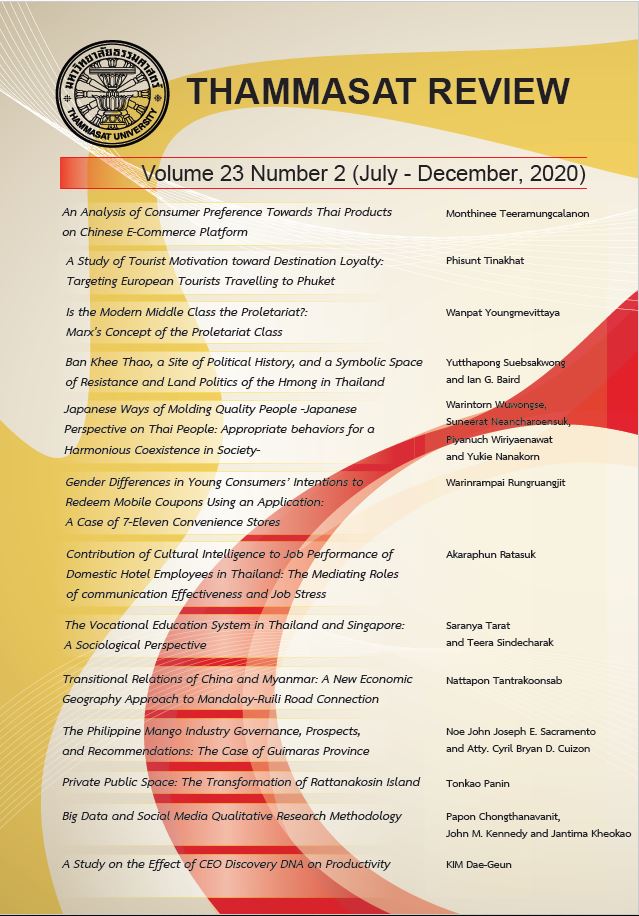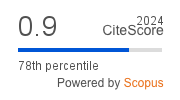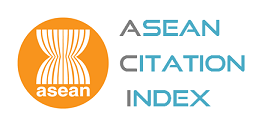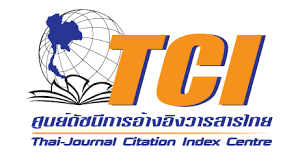Transitional Relations of China and Myanmar: A New Economic Geography Approach to the Mandalay- Ruili Road Connection
Keywords:
China-Myanmar relations, China-Myanmar relations, China’s influence, Myanmar border trade, Transnational road, New Economic GeographyAbstract
This article explores the function of a transnational road in China-Myanmar relations from a perspective that reflects on Myanmar’s experience. The analysis focuses on economic activities at the city level, in order to assess advantages and disadvantages to the relationship between both countries. The cities that were chosen as the units of analysis are Ruili and Mandalay. Using a New Economic Geography approach, a core-periphery pattern was applied as the theoretical framework to explain industrial relocation and agglomeration. In addition, this article also highlights the political and economic transitions in Myanmar since 2010 that led to change in the relational structure.
The article makes two key points. Firstly, Myanmar’s dependent relationship with China is illuminated if one applies a New Economic Geography perspective to economic processes. The road played a role in the process by which Ruili was transformed into an industrialized core and Mandalay became an agricultural periphery. Secondly, the core-periphery relation is not static. At least 3 factors from the Myanmar side such as the border situation, forest policy and special economic zone policy that launched after 2011 country’s reformation have impacted the relational structure.
The latter point indicates that China’s influence is greatly contested by the smaller country, and that the interaction of economic and political factors impact the Myanmar-China relationship, particularly at local sites.
Downloads
Published
How to Cite
Issue
Section
License
The opinions and ideas expressed in all submissions published in Thammasat Review are solely that of the author(s) and do not necessarily reflect that of the editors or the editorial board.
The copyright of all articles including all written content and illustrations belong to Thammasat Review. Any individuals or organisation wishing to publish, reproduce and distribute a particular manuscript must seek permission from the journal first.








